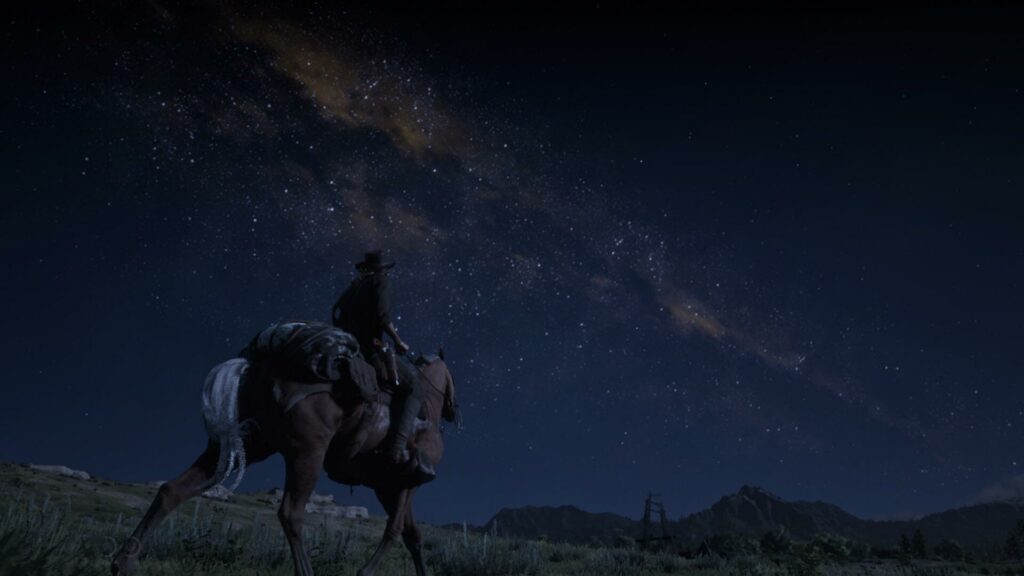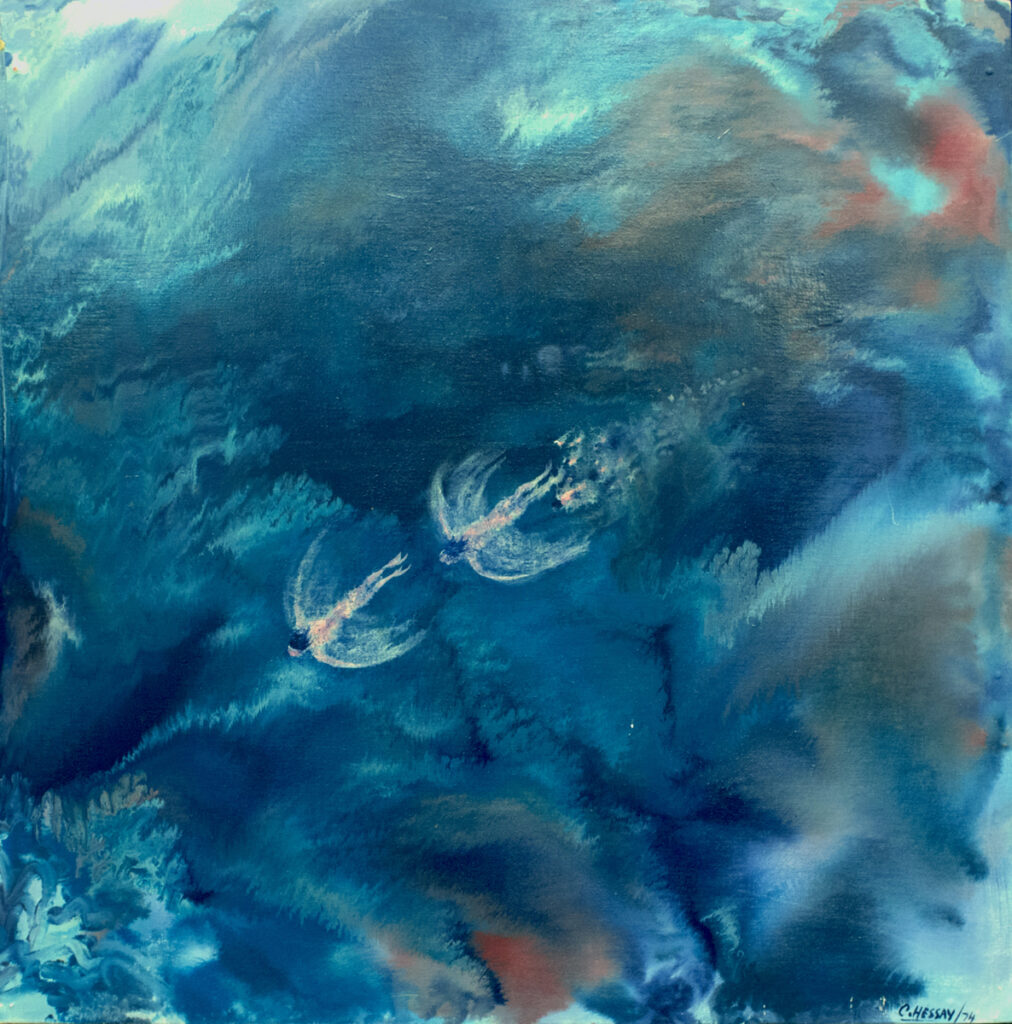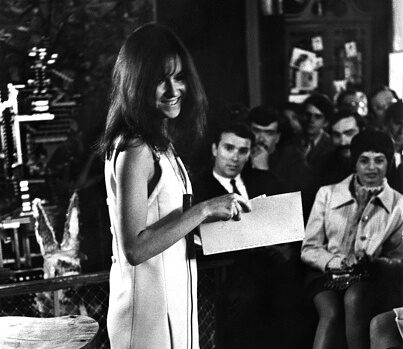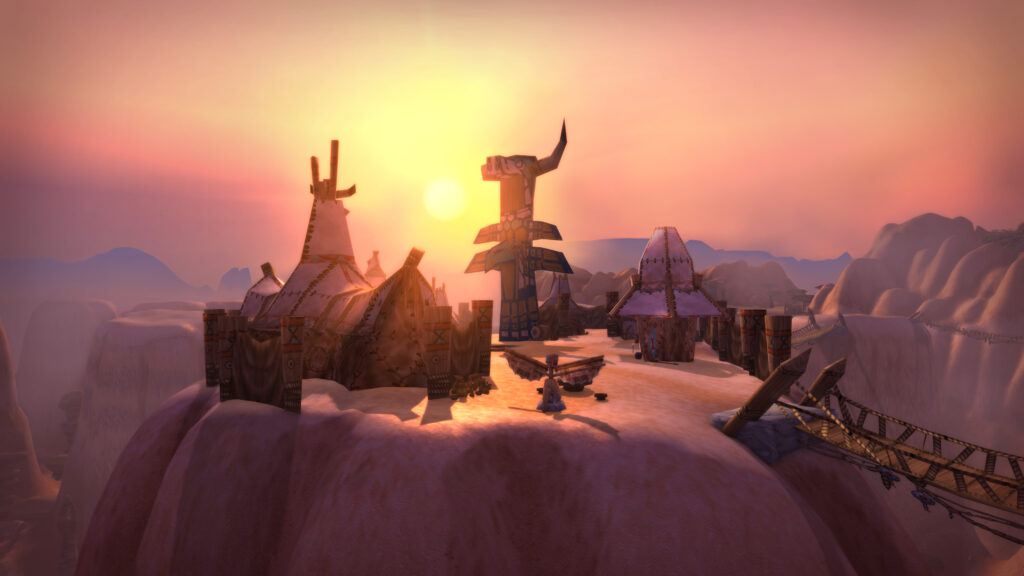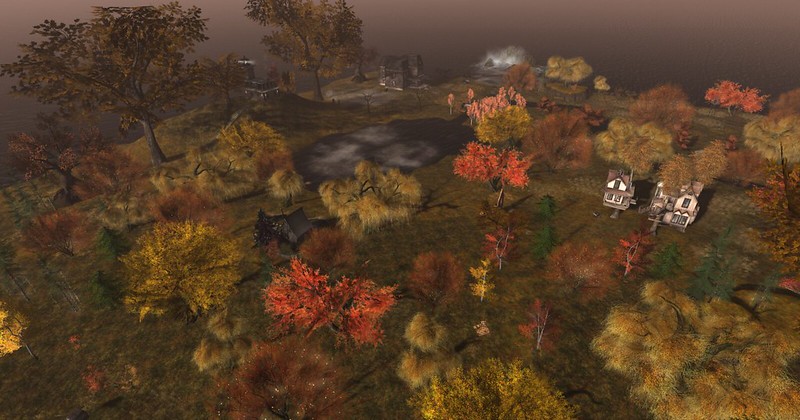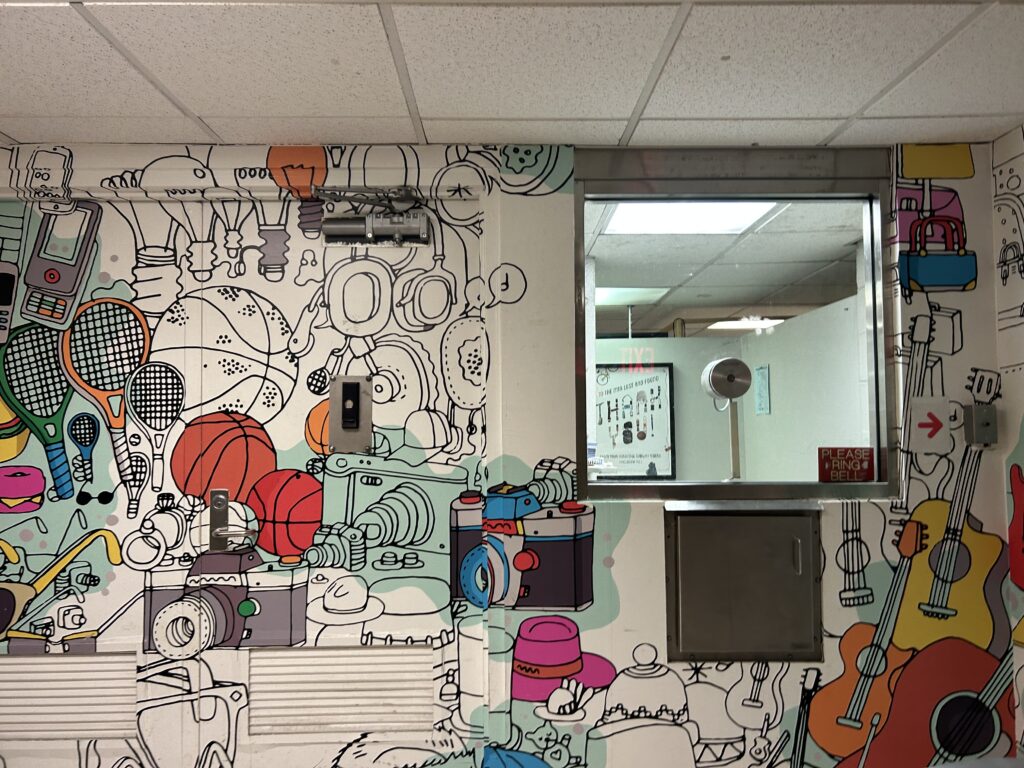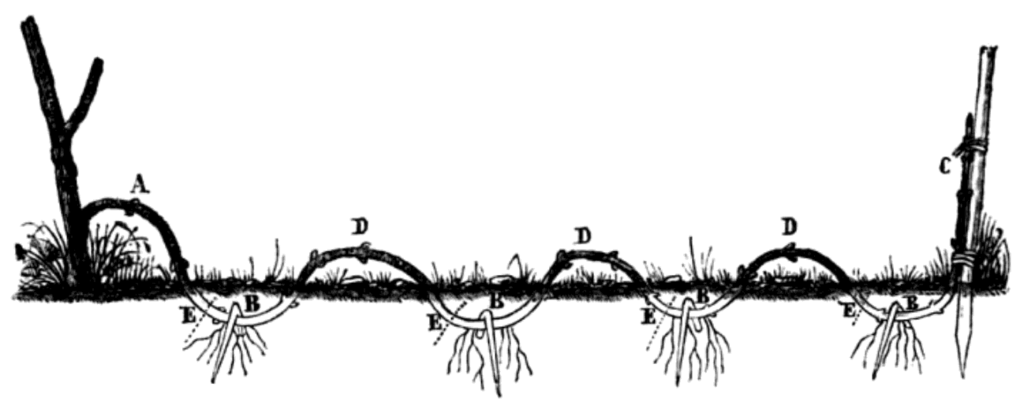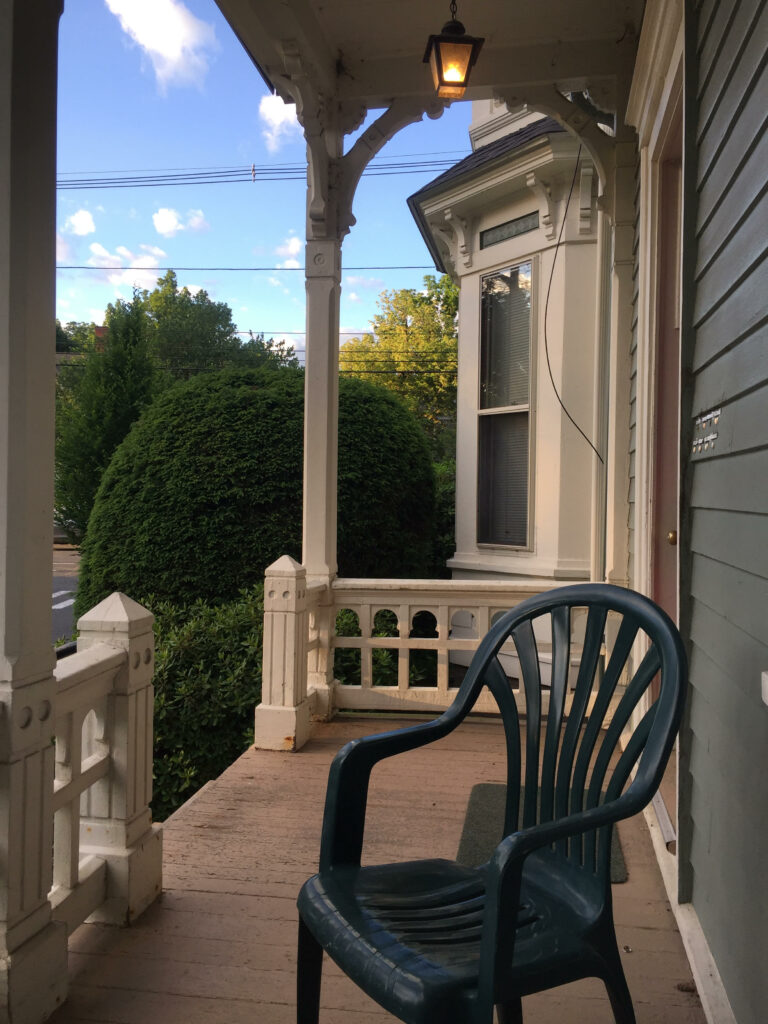Screenshot from Red Dead Redemption 2.
I don’t find myself investing much in the kingdom of heaven. It has always been this way for me, even as a child. I prayed often, sometimes the requisite five times a day in my Muslim household. But I did it out of a sense of duty to my living, not what might exist after my living.
I can’t control my own arrival to whatever the promised land may or may not be, because I don’t have the rubric in front of me. I have sometimes been a good person who does bad things, and sometimes I’ve been a bad person who does good things. The way the afterlife is most often discussed is by way of a scale that sorts into binary categories. I grew up with Muslims who insisted that every bit of food left on their plate after a meal would be weighed against them on the day of judgment. I considered this: arriving in front of the robed choir, a few grains of rice tipping the scale toward an irreconcilable level of bad, banishing me to some fiery underworld.
In early 2019, spinning through Red Dead Redemption for the first time, I became obsessed with the idea of a heaven for someone who wasn’t real. Someone I had come to love, but who only existed in a fictional realm. It was a private thought. Discussing love and sanctification like this seems foolish, probably a byproduct of my many newfound chambers of loneliness. I wanted not only a kinship with this not-real someone, I wanted to save them, and save myself in doing so.
Not only is this foolish, it also tilts toward what some might consider sacrilege. But if you will allow me to soften the message: what I am saying is that I’m not invested in my own entry into heaven, but I find myself required to believe in its existence nonetheless. If enough people you have loved transition to a place beyond the living, you might grow to hope that place is heavenlike. I want everyone I have buried to be in a place of abundance, a place beyond their pain. For me, being consumed by silence—and an obliviousness to whatever has become of you—is one definition of peace. I’m fine with that for myself, but not for my beloveds. Not for you, person I do not know and will likely never meet. I want an abundant dominion for you.
Copyright
© The Paris Review
